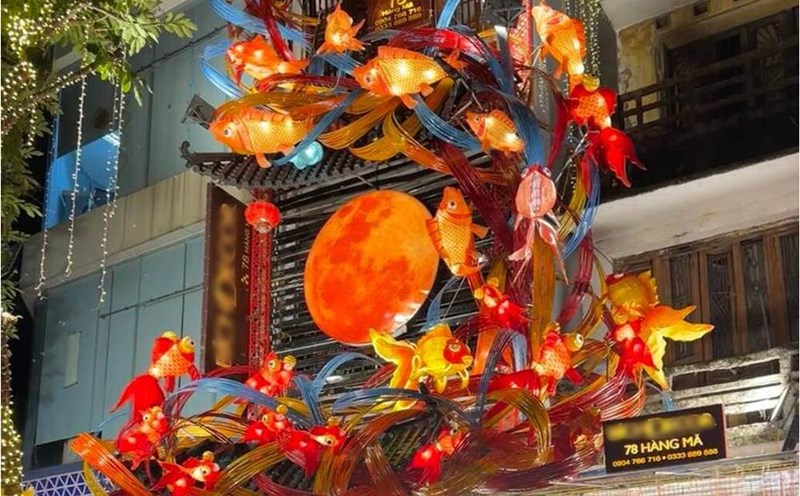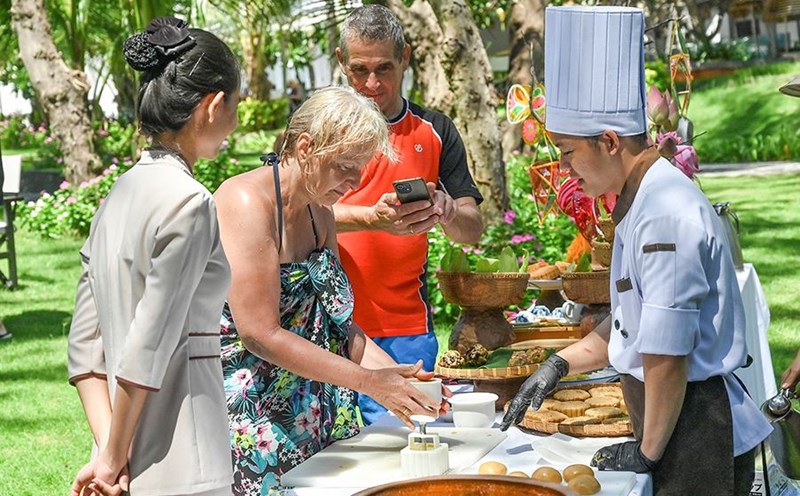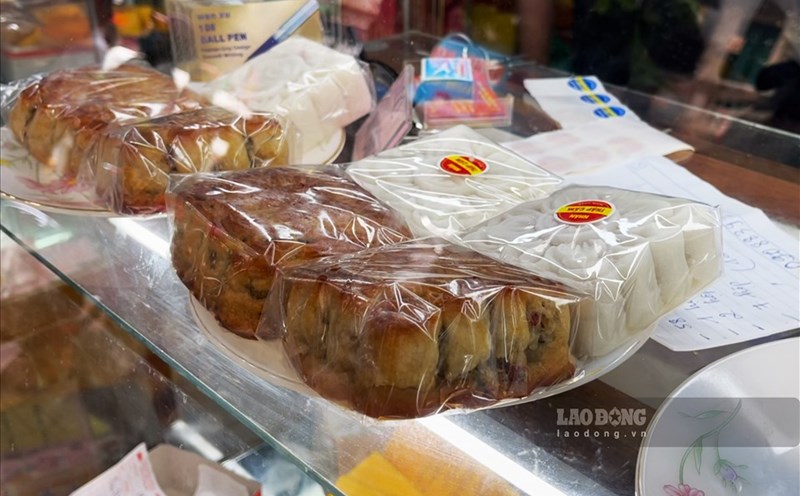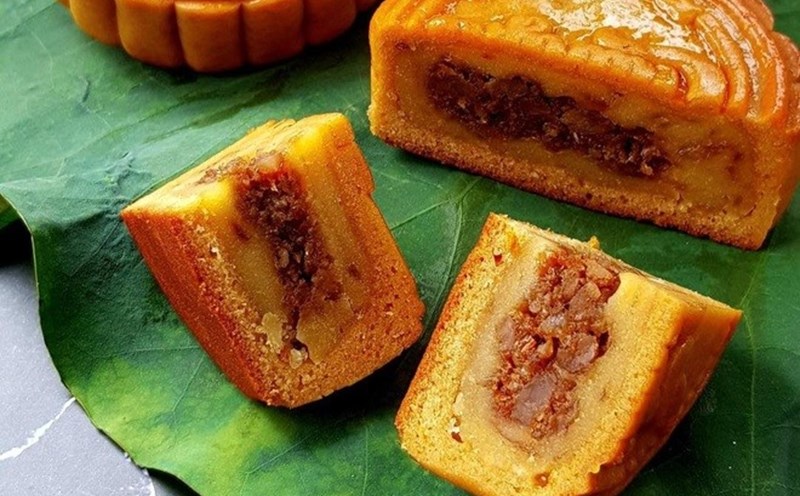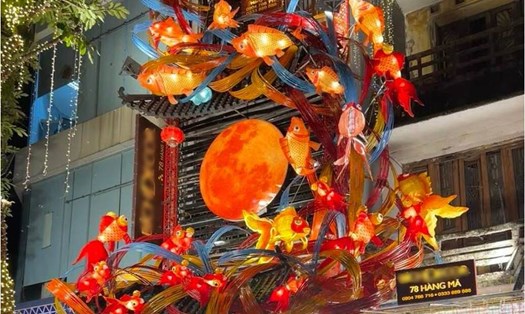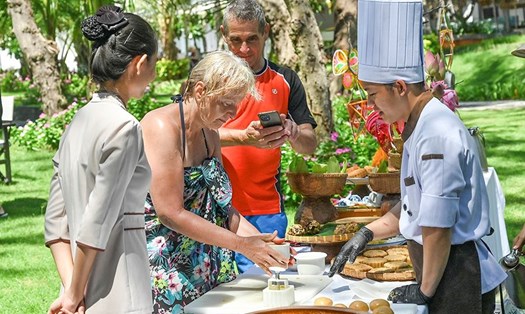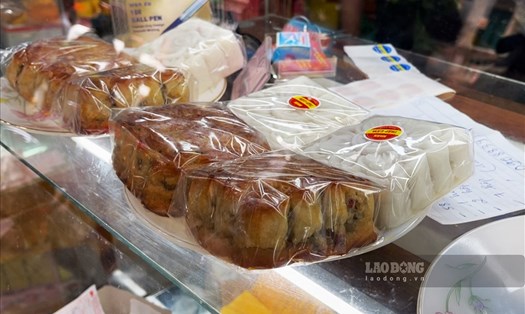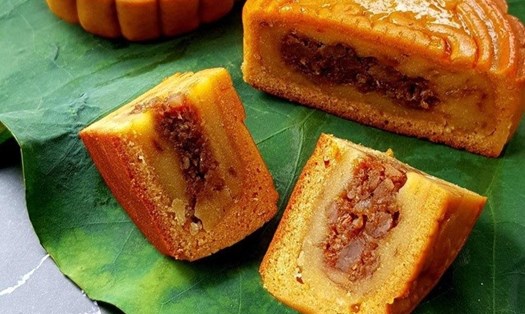Tsukimi Dango Rice Cake
Tsukimi Dango is a common name for a type of rice cake made from glutinous rice flour (mochiko). This type of cake has a similar appearance to mochi (glutinous rice cake Japan), and is often served with tea.
Tsukimi Dango can be enjoyed throughout the year, but there are many different types that are used depending on the season. On the 15th day of the lunar month, the Japanese typically eat Tsukimi Dango.
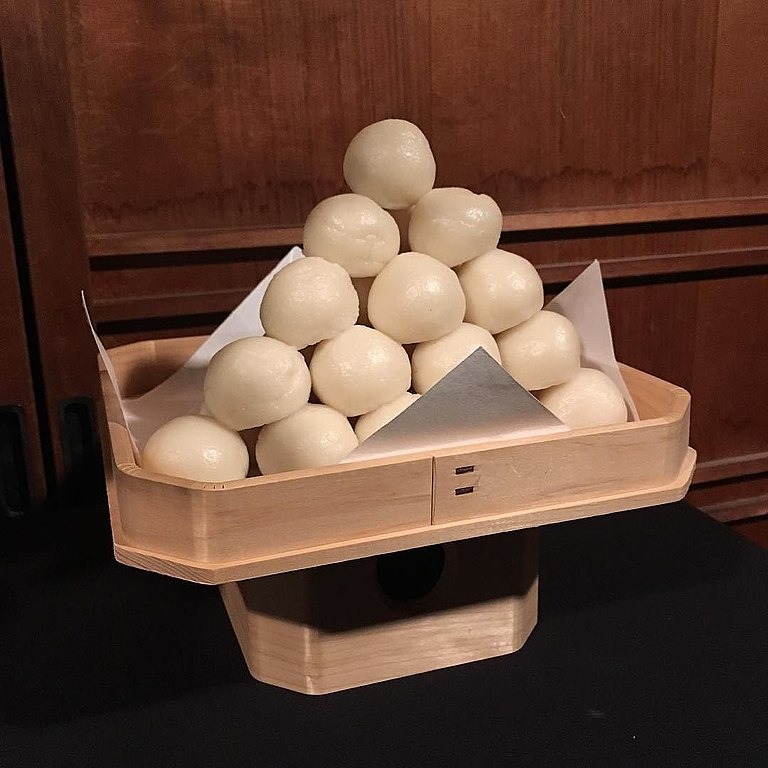
Tsukimi Dango is arranged in a triangular tower shape on a wooden shelf, accompanied by a susuki grass pot and possibly some other fruits. After that, the cakes are placed on the veranda or next to the window, at positions facing the sky, to enjoy while admiring the moon. In some places, people believe that if children take the dango cake after the ceremony and leave it outside the veranda, it is a good omen.
Half-Moon Rice Cake Songpyeon
The Koreans also have a special cake for the Mid-Autumn Festival, called Songpyeon - a half-moon shaped glutinous rice cake. Songpyeon is used in the Chuseok (Mid-Autumn Festival or Thanksgiving) celebration, which is the largest holiday in Korea.
While the Vietnamese and Chinese consider a full moon to be a symbol of completeness and happiness, the Koreans view a crescent moon as an ideal image, because "the crescent moon will eventually become full" symbolizes growth and prosperity. This is why the Songpyeon cake has a crescent moon shape.
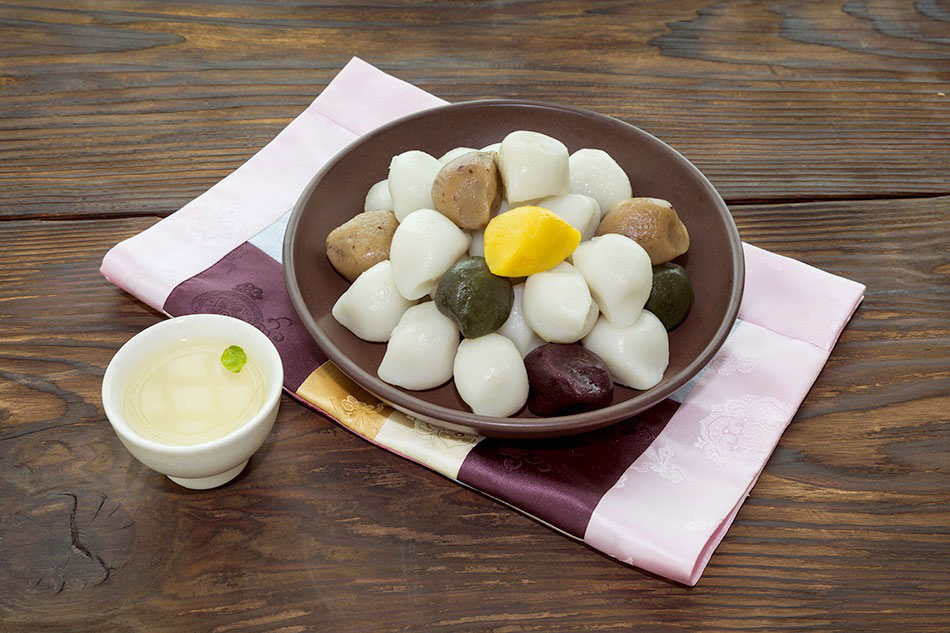
On the night of Chuseok, the whole family usually gathers to make Songpyeon. The Koreans have a saying that if a young woman makes Songpyeon that is both delicious and beautiful, she will meet her ideal partner, while a married woman will give birth to a lovely daughter. Therefore, Korean women often dedicate a lot of time and affection to making Songpyeon.
Mid-Autumn Festival Cake
According to traditional Chinese customs, the Mid-Autumn Festival is also known as the Reunion Cake Festival. This is the time for all family members to gather together.
Regardless of where someone works far away, on this day they will all return to their hometown to reunite with their family, relatives, and enjoy a reunion meal together. For this reason, the Mid-Autumn Festival cake in China is often round in shape, symbolizing reunion, a meaning originating from the Ming dynasty.
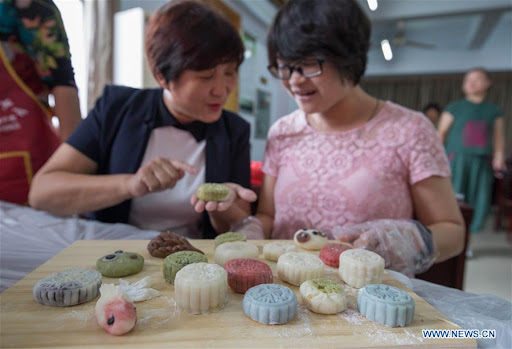
Today, Mid-Autumn Festival cakes have become more diverse in shape, including square, animal shapes, and made from new ingredients. Mid-Autumn Festival cakes in China will have distinct characteristics according to the local cuisine.
Hopia Cake
The Mid-Autumn Festival cake of the Philippines is a simple baked cake, although it may not have many colors or intricate designs, but it is still very attractive due to its rich filling. The name Hopia and the shape of the cake remind one of the Vietnamese pía cake.
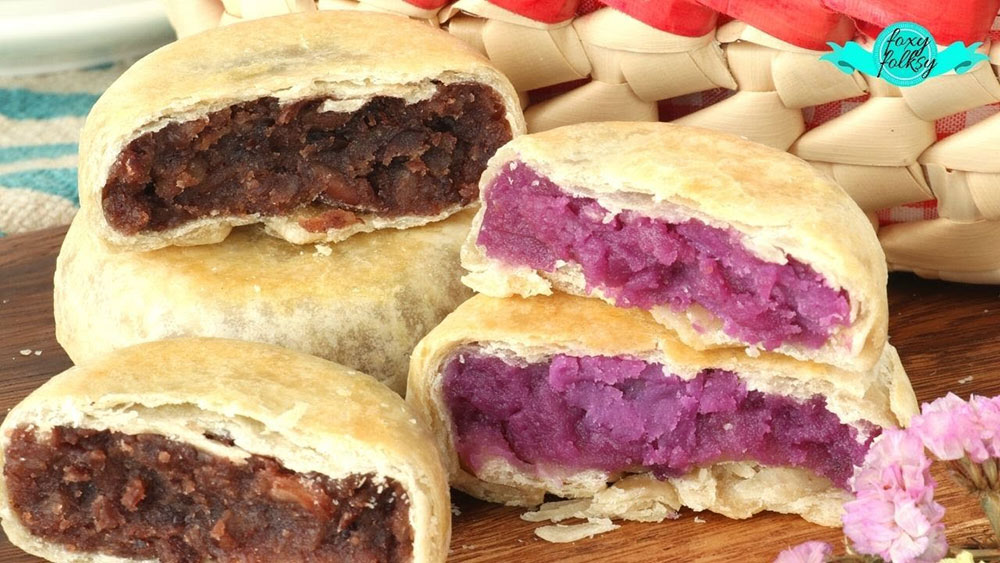
The filling can be green bean paste, red bean paste, pork, purple yam, and many other types. The distinctive feature of the cake is the crispy outside layer and layered structure. If there is a oven, people can make the cake at home. When breaking the cake in half, the thin outside layer will reveal the attractive filling inside.

